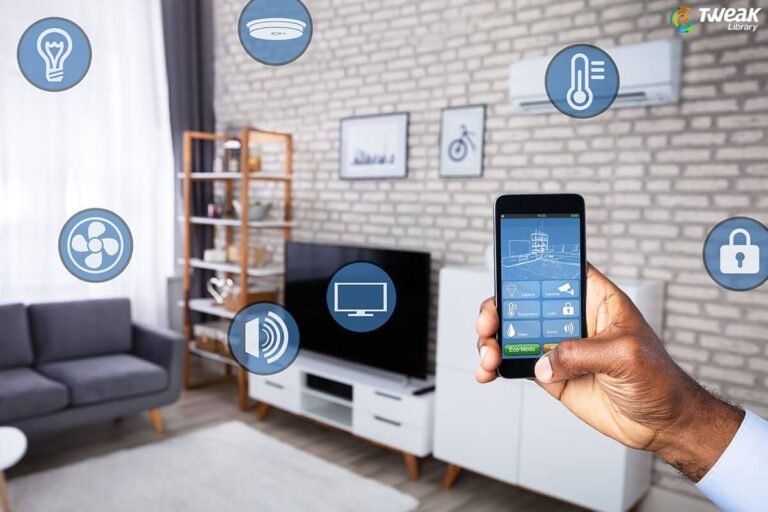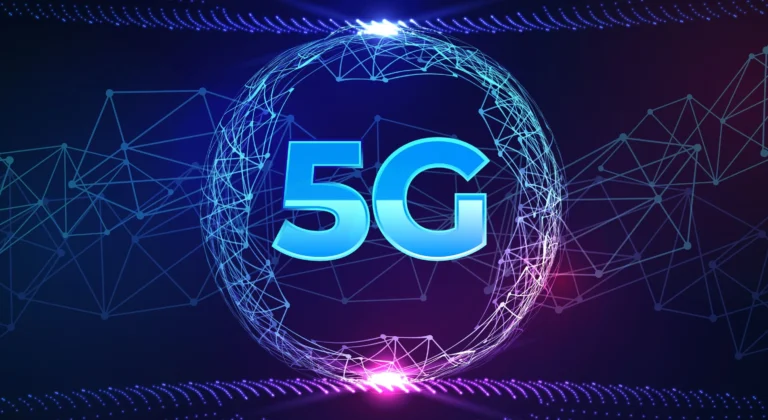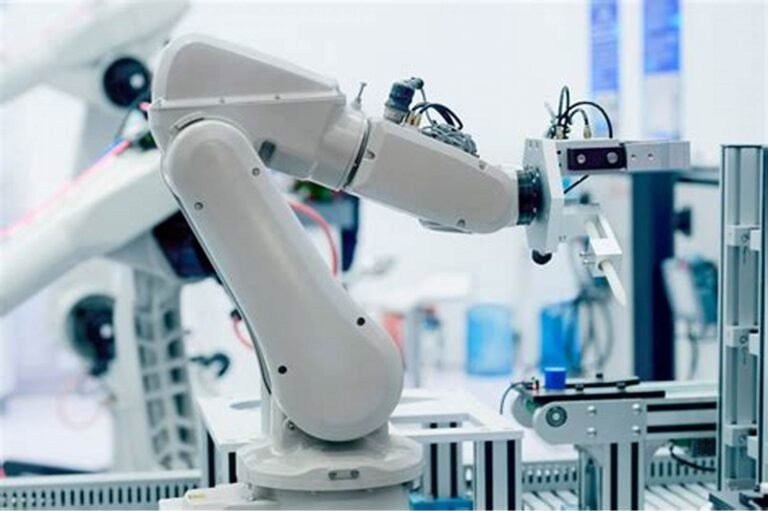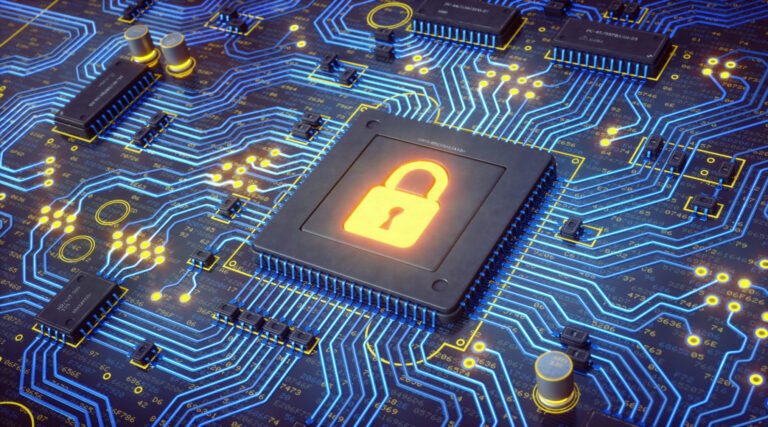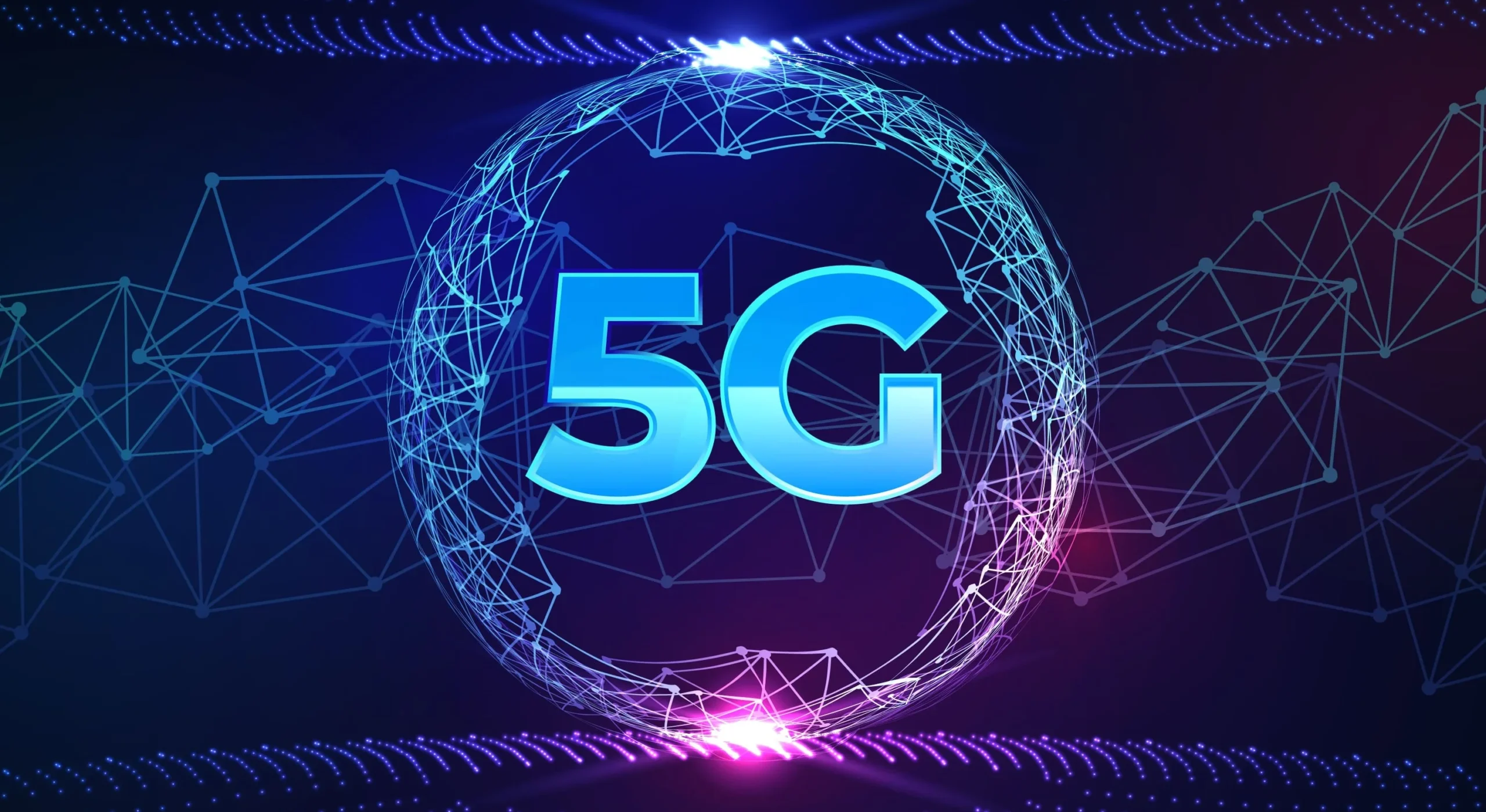
The Internet of Things (IoT) has moved from experimental deployments to practical, large-scale systems shaping industries from manufacturing to healthcare. Two technologies are central to that transformation: 5G and edge computing. 5G brings low latency and greater throughput; the edge brings compute closer to devices. Together they enable new real-time services, scale better, and change how engineers design systems.
What 5G and edge compute each solve
5G improves wireless capacity, reduces round-trip times, and supports massive device densities. Where 4G focused on mobile broadband, 5G adds network slices, ultra-reliable low-latency communications (URLLC), and support for many low-power devices. Edge computing places computation — and often storage — near the devices producing data. Rather than sending every telemetry packet to a remote cloud, pre-processing, inference, caching, and rapid control loops can run at a local edge data center, gateway, or even on the device.
Why the combination matters
The tight coupling of 5G and edge unlocks capabilities that were impractical before:
-
Real-time control: Industrial robotics, autonomous vehicles, and remote surgery need milliseconds of responsiveness that 5G + edge can deliver.
-
Bandwidth efficiency: Edge filtering and aggregation reduce the amount of data sent to the cloud, saving costs and improving privacy.
-
Resilience and offline operation: Local processing maintains service even when WAN connectivity is intermittent.
-
Scalability: Network slicing and distributed compute let operators dedicate resources for verticals (e.g., smart grids, public safety) without affecting consumer broadband.
Key use cases
-
Smart manufacturing (Industry 4.0): Real-time analytics for predictive maintenance and closed-loop process control. High-speed sensors stream to local edge nodes for immediate decisioning.
-
Smart cities: Traffic management, adaptive lighting, and public safety systems that process video and sensor feeds at the edge to reduce latency and limit raw data movement.
-
Healthcare: Remote monitoring and assisted procedures that require high availability and low latency.
-
AR/VR and immersive experiences: Offloading heavy compute to edge nodes makes mobile AR/VR responsive without huge device batteries or local hardware.
Architecture and design patterns
A typical 5G + edge IoT architecture includes:
-
Devices and sensors: constrained devices, gateways, and edge accelerators.
-
Edge nodes/gateways: perform preprocessing, local analytics, real-time inference, and caching.
-
Regional/central cloud: provides longer-term storage, model training, and global orchestration.
-
Network layer: 5G radio access network (RAN), transport, and core network with optional network slicing.
Design patterns to adopt:
-
Data triage: Decide what data is processed at the device, edge, and cloud.
-
Event-driven pipelines: Local event detection triggers actions; aggregated metrics stream to the cloud.
-
Model lifecycle at the edge: Retrain centrally; push optimized models to the edge with versioning and rollback.
-
Security-by-design: Device identity, secure boot, mutual TLS, and hardware roots of trust.
Developer and ops considerations
-
Containerization and lightweight runtimes: Use containers or unikernels tuned for resource constraints. Tools like Kubernetes (K3s, KubeEdge) can orchestrate distributed workloads.
-
Observability: Distributed tracing and metrics should include edge nodes. Expect intermittent connectivity.
-
CI/CD for edge: Automate testing and staged rollouts of firmware and models; simulate network conditions.
-
Data governance: Edge lets you keep sensitive raw data local, simplifying compliance in regulated industries.
Security and privacy
Edge introduces both opportunities and risks. On one hand, local processing limits data exposure; on the other hand, many more endpoints increase attack surface. Mitigations include device attestation, encrypted communications, hardware-backed keys, and continuous monitoring. Secure supply chains and signed artifacts for edge software are mandatory.
Challenges and limitations
-
Fragmented hardware and standards: Different vendors, multiple edge platforms, and variability in device capability make interoperability work.
-
Cost and complexity: Deploying and maintaining many distributed edge sites can be operationally intense.
-
Spectrum and coverage: 5G availability and performance vary; indoor and rural deployments present tradeoffs.
The road ahead
Expect to see stronger standardization around edge orchestration, more integration between cloud providers and telecom operators, and a maturing ecosystem of tools for device management, distributed AI, and secure edge deployments. The combination of 5G and edge will continue to shift use cases from experimental pilots to production systems that require engineering rigor.
Conclusion
5G and edge computing together change the rules for IoT: real-time, scalable, and privacy-aware systems are now feasible. For companies building connected products, the path forward is to design with distribution in mind — balancing device, edge, and cloud responsibilities while keeping security and observability at the center.
